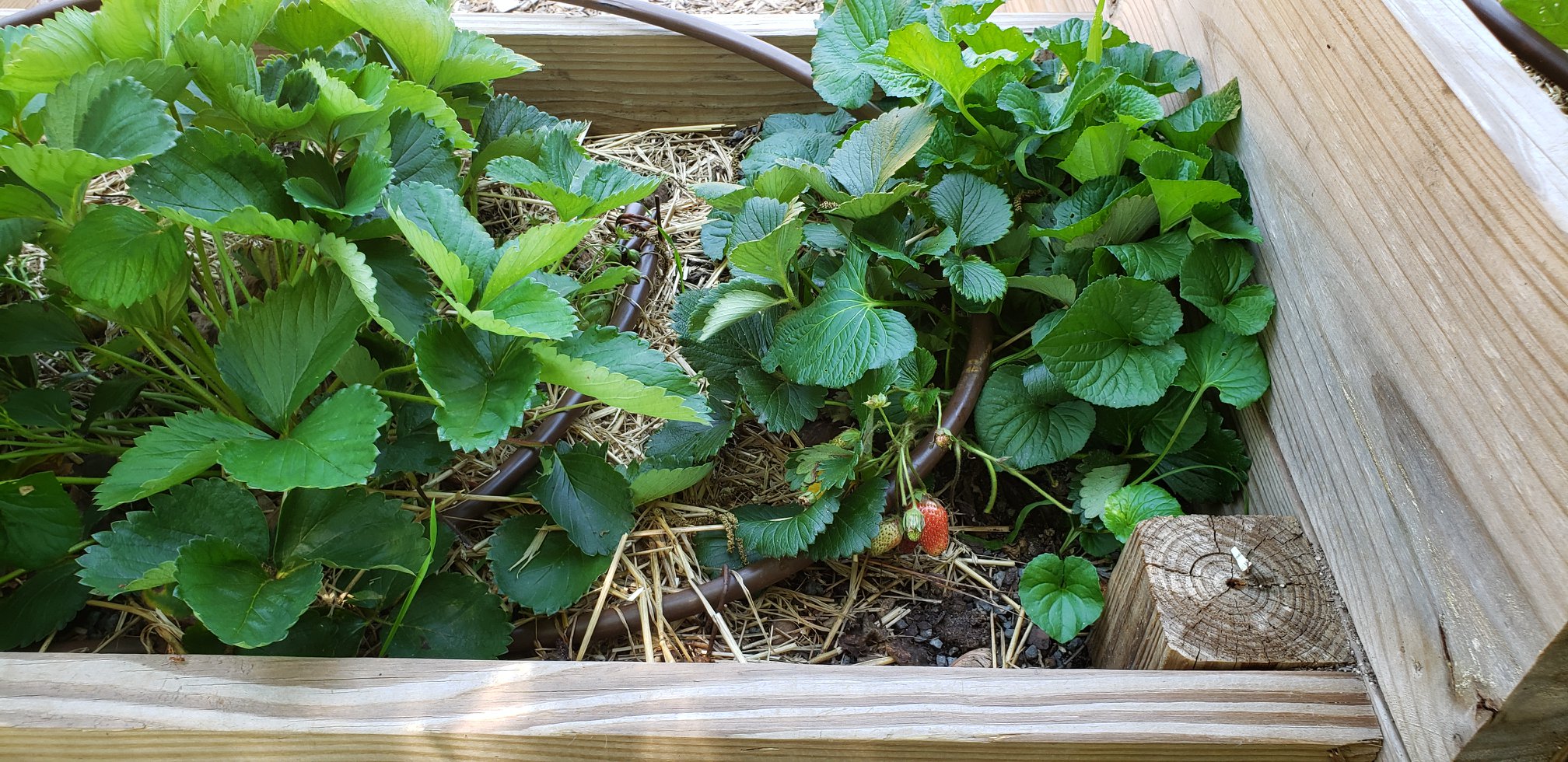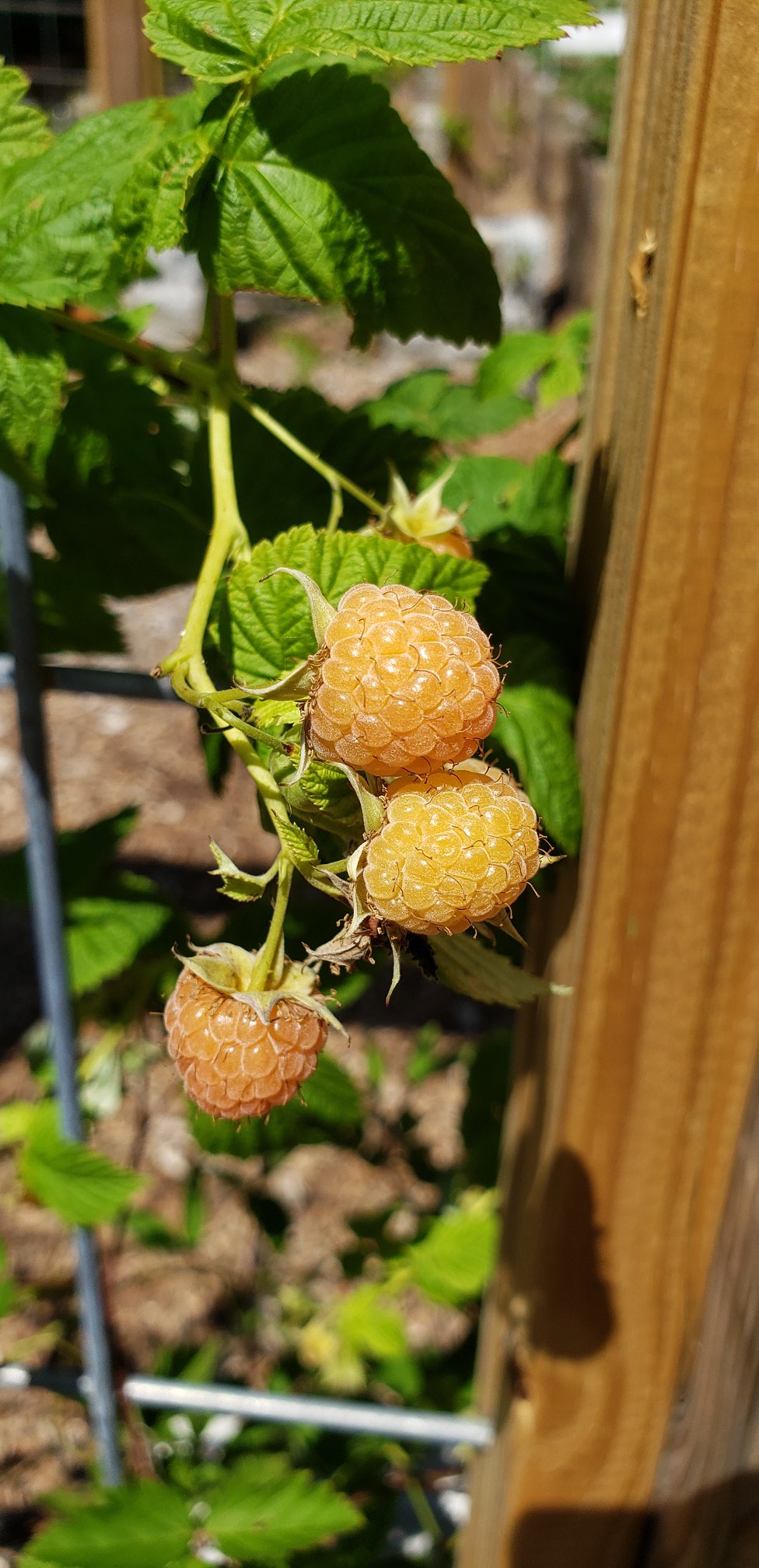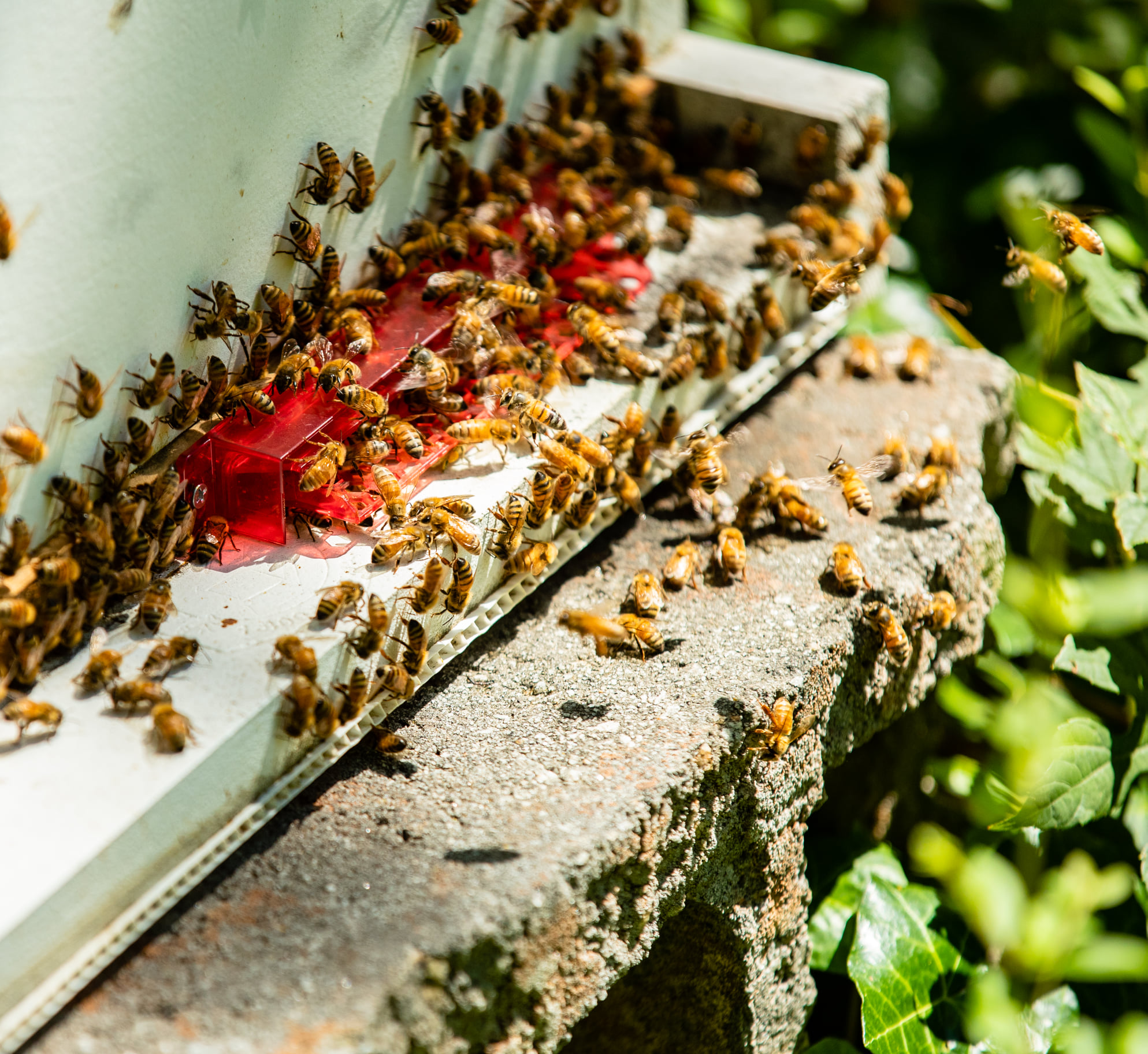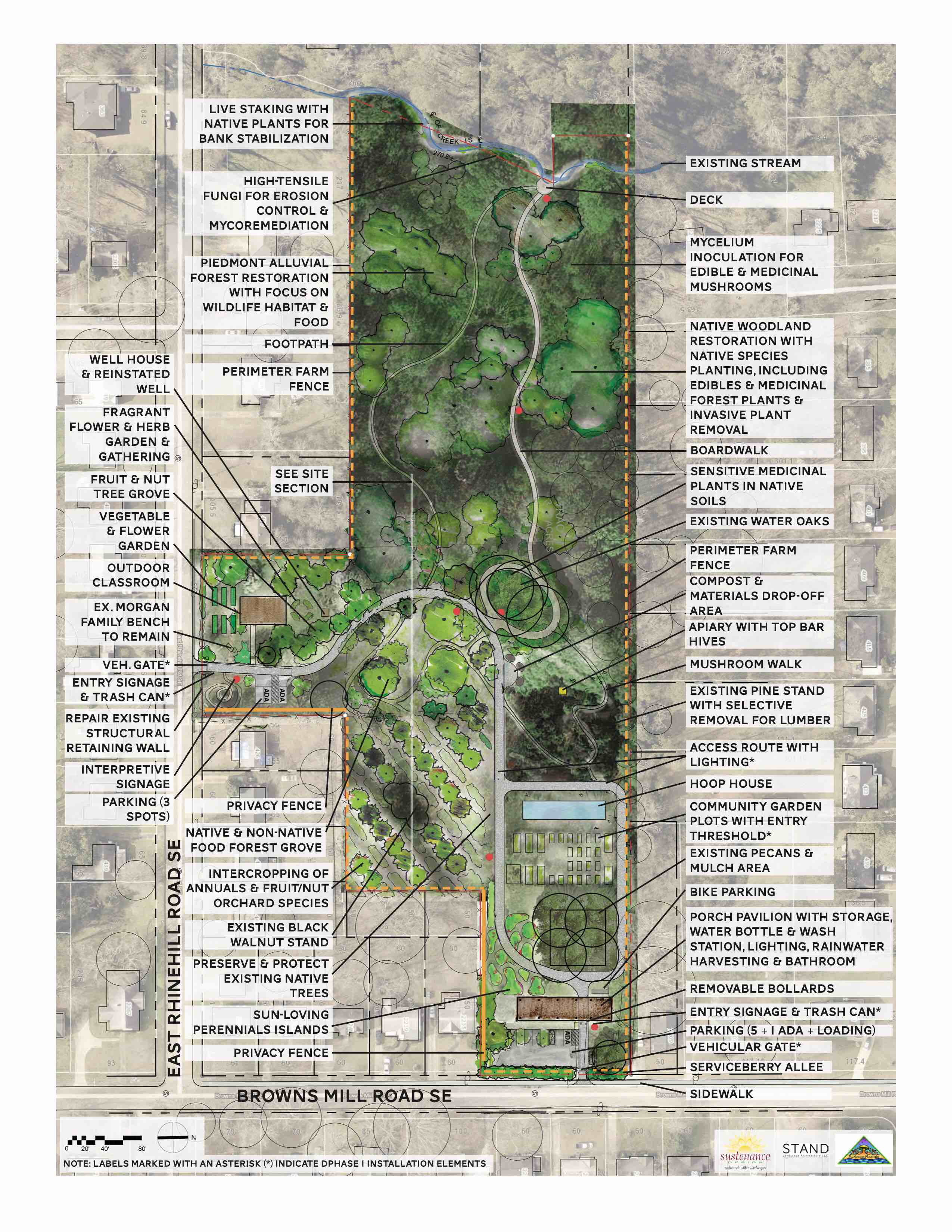- Inspiring People -
- 7mins -
- 1,503 views
Atlanta creates first free food forest to fight food insecurity
The Urban Food Forest at Browns Mill is the first city-owned and managed Food Forest in the US — a seven acre former pecan farm transformed into an edible landscape.
The Largest Free Food Forest Where Anyone Can Pick what they need
In Atlanta, Georgia, there is a seven-acre farm where residents can wander through a forest, inhale the clean air, and pluck fresh fruit and vegetables straight from the land to eat. Once a pecan farm, the Food Forest at Browns Mill project now contains around 2,500 edible and medicinal plants available to anyone who needs them.
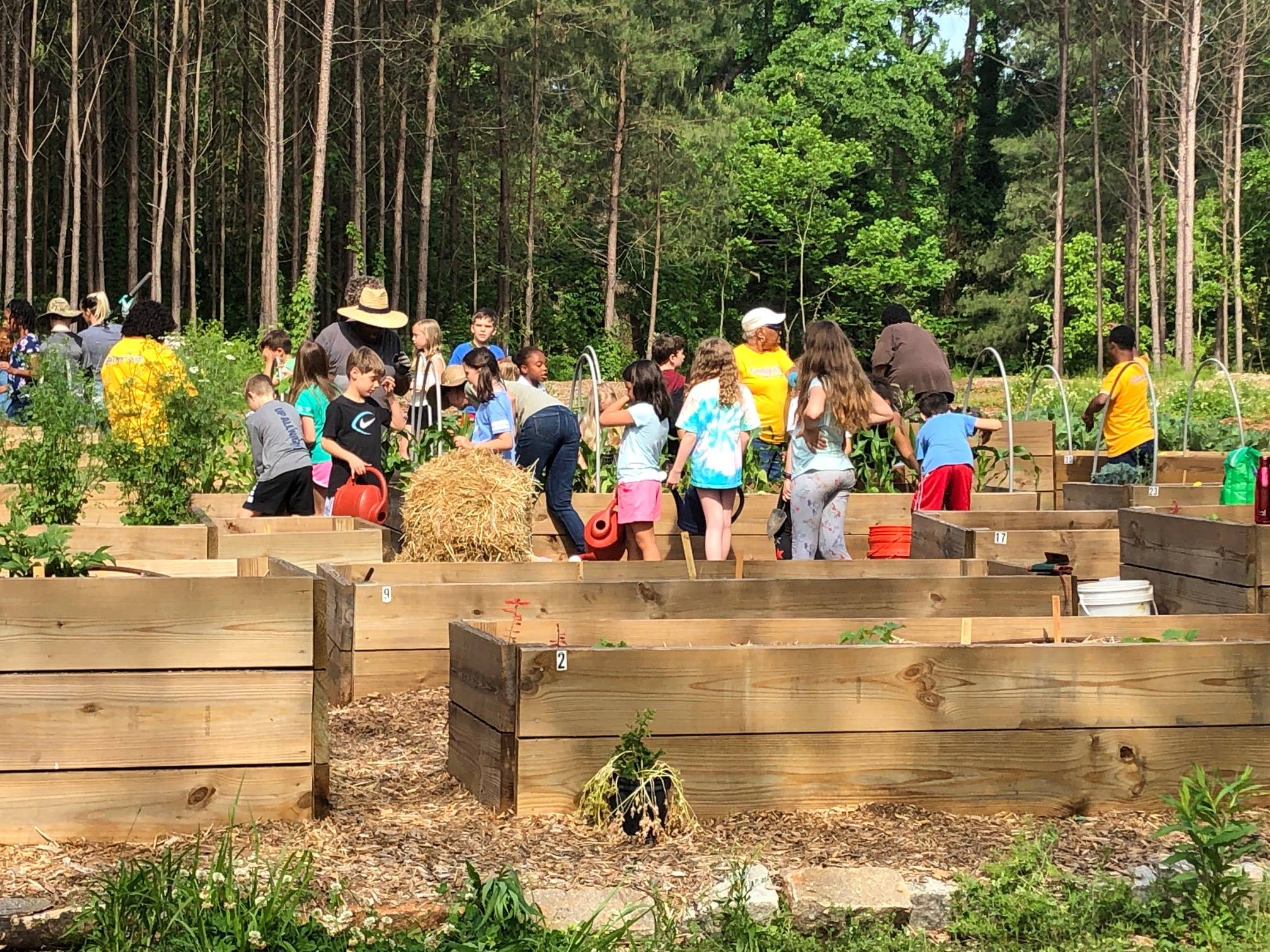
Food Forest fights hunger and food deserts
The Urban Food Forest at Browns Mill is one of a growing number of free-food forests popping up in cities around the United States, as citizens and organisations both public and private attempt to tackle the issues of hunger and food deserts.
In Atlanta, this problem is acute, with the USDA’s Food Access Research Atlas estimating that at least one in every four Atlantans, or around 125,000 people, live in areas defined as food deserts based on their geographical distance from grocery stores.
Having created the nation’s largest free-food forest, The Conservation Fund, with the assistance of the city of Atlanta and the U.S. Forest Service, is ensuring this former pecan-farm continues its tradition of feeding the community.
Source: GoodNewsNetwork
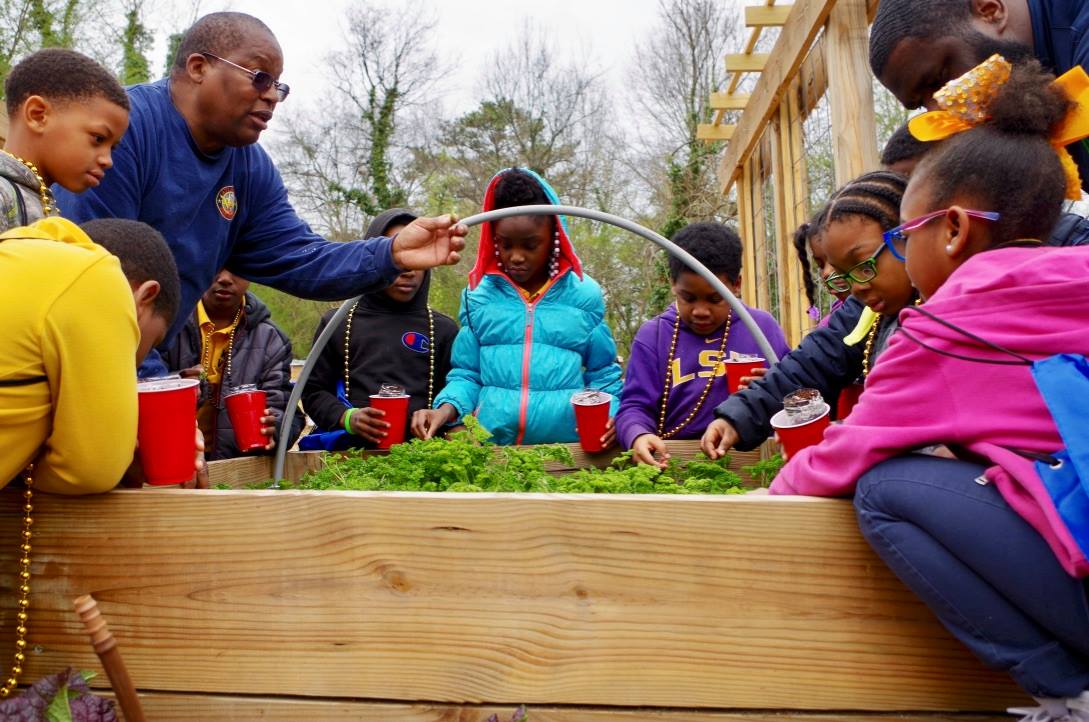
It was illegal to grow food on residential lots in Atlanta until 2014
Thanks to a US Forest Service grant and a partnership between the city of Atlanta, the Conservation Fund, and Trees Atlanta, you can find the 7.1 acres (2.9 hectares) of land ripe with 2,500 pesticide-free edible and medicinal plants only 10 minutes from Atlanta’s airport, the world’s busiest airport (before the pandemic struck).
The forest is in the Browns Mill neighbourhood of southeast Atlanta, where the closest grocery store is a 30-minute bus ride away.
"Access to green space and healthy foods is very important. And that’s a part of our mission," Michael McCord, a certified arborist and expert edible landscaper who helps manage the forest, told CNN.
The forest is part of the city of Atlanta’s larger mission to bring healthy food within half a mile of 85% of Atlanta’s 500,000 residents by 2022, though as recently as 2014, it was illegal to grow food on residential lots in the city.
Resources like the food forest are a rarity and necessity in Atlanta as 1 in 6 Georgians face food insecurity, 1 in 3 Browns Mill residents live below the poverty line, and 1 in 4 Atlantans live in food deserts so severe, some find it more apt to call the problem "supermarket redlining."
"We host lots of students for field trips, and for a lot of them, it’s their first time at a garden or farm or forest," said McCord. "So here they get to experience everything urban agriculture and urban forestry all in one day. It’s really special."
Source: CNN
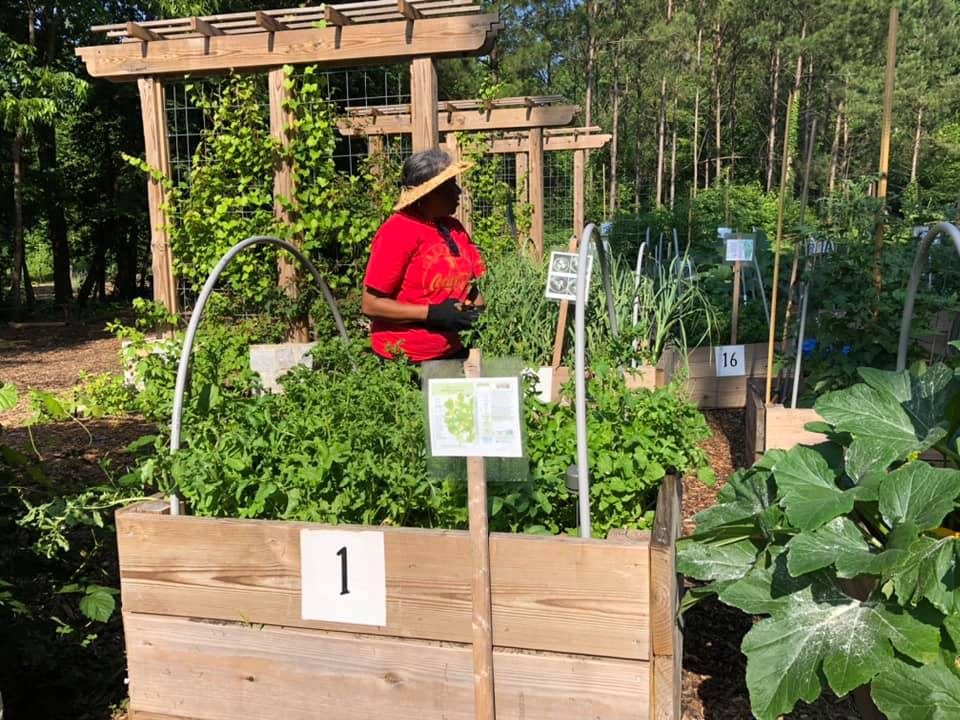
The food forest is raising awareness about sustainability and agriculture
The forest is now owned by the parks department and more than 1,000 volunteers and neighbours are helping to plant, water and maintain the forest. On any given day, there can be more than 50 volunteers working on the forest.
That work of maintaining the forest is done by volunteers is a testament to the forest’s ability to build community, Carla Smith, an Atlanta city councilwoman who helped start the project told CNN.
"It’s really a park for everyone,” said Smith. "Every time I go there’s a community there who respects and appreciates the fresh healthy foods. There’s a mentality there that people know to only take what they need."
Though there have been few problems with people taking more than they need, the forest managers ask that community members are given priority when food is harvested. Additionally, food not grown in plots is harvested by the forest’s volunteers, not visitors, and then distributed.
Initiatives to make urban cities more edible are catching on. There are at least 70 free food forests in the country, and in free food forests in Seattle, Portland and Asheville, thousands of pounds of food are harvested each year. For McCord, that’s a sign that urban agriculture is moving in the right direction.
"Everything out of a park space is a teachable moment, whether it be trees, trails, bees or vegetables. That’s what’s most important to me — that we’re raising awareness about sustainability and agriculture."
Source: CNN
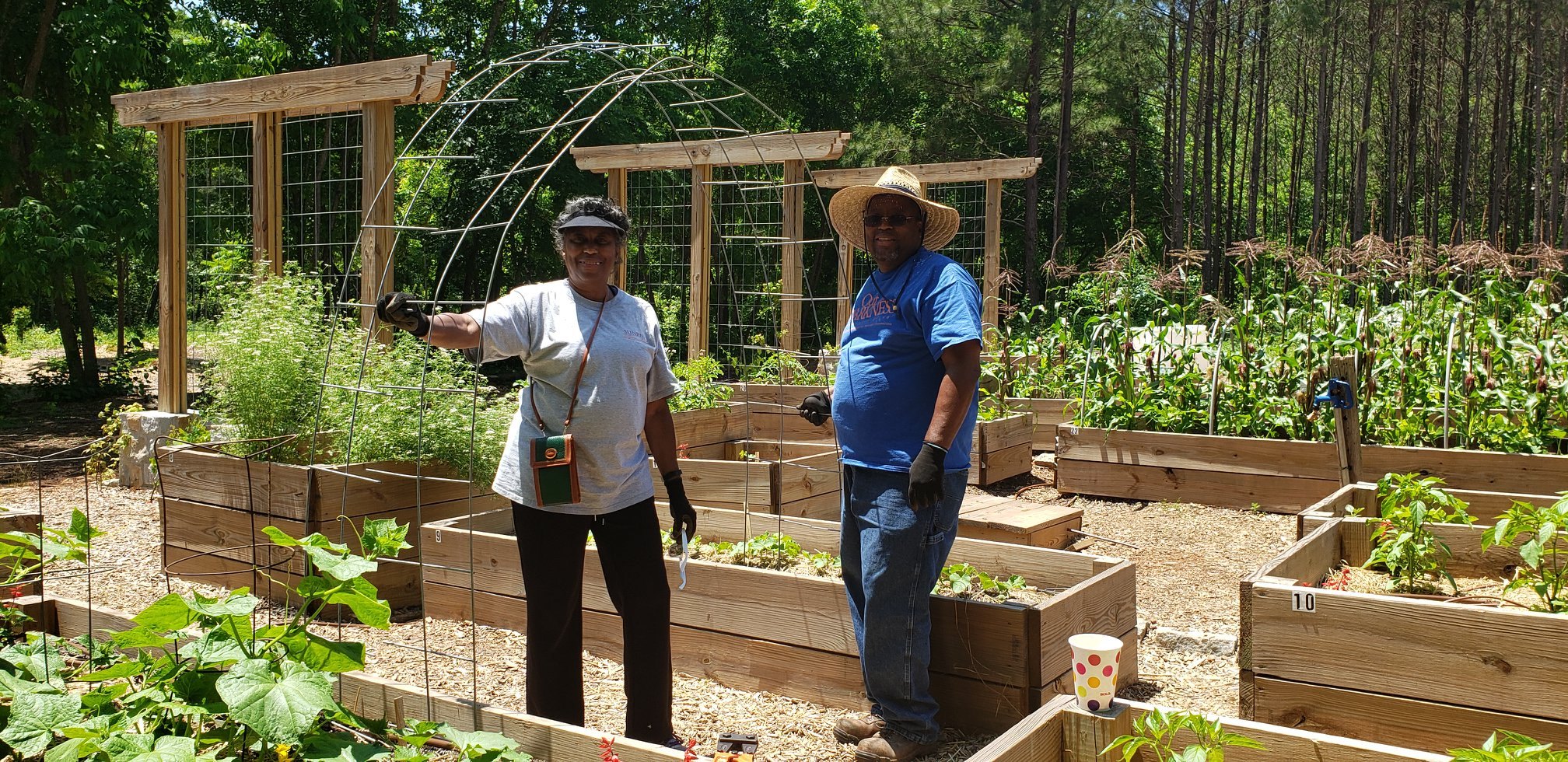
Benefits to the COMMUNITY include:
- Vacant and neglected land is being transformed into a community asset that provides a safe place for kids to play and families to gather.
- Community members have increased access to fresh, nutritious food, with 30 new community garden beds already built and more than 100 fruit trees planted so far.
- Educational programs, including gardening and cooking classes are encouraging physical activity and healthy eating.
- Residents have participated in paid workforce training opportunities and several are currently employed at the Food Forest.
- Residents, students, and corporate partners have committed countless volunteer hours to the project with more than 1000 volunteers to date and ongoing opportunities for participation.
- Partnerships with area schools have already brought hundreds of students to the Food Forest for STEM-based, outdoor learning and environmental education.
- Native plants, area wildlife, tree canopy, and an onsite stream are now protected. Invasive species are being removed and native plants restored to the forest and streambank.
- Walking trails now provide opportunities for exercise and recreational activities, like birdwatching and foraging.
Source: ConservationFund. org
